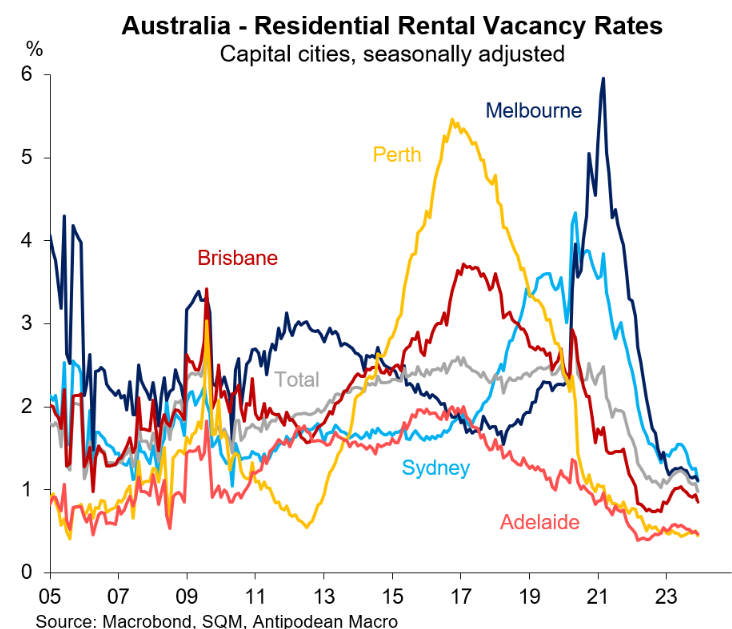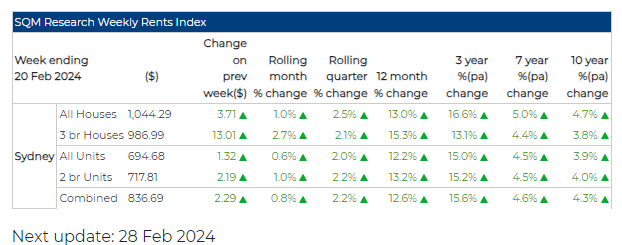SQM Research managing director, Louis Christopher, appeared on Radio 2GB on Saturday, where he debunked the myth that Australia’s current rental crisis is being driven by a lack of supply.
Christopher instead pins most of the blame on the federal government’s Big Australia immigration program, which is growing the population faster than homes can be built.
Christopher also broke down the appalling rental situation in Sydney, which is likely to get worse before it gets better.
Edited Transcript:
The current rental vacancy rate nationwide is just 1.1%. To give some perspective on that, the long-term average that we have with rental vacancies is about 2.5%. So, we’re well under what we normally have for vacancies in this country.

There’s a bit of disingenuous comment out there where everyone’s focusing, or a lot of the powers are being focused on the supply-side. But this is a supply and demand issue.
Last year, we built about 170,000 dwellings. That would have been enough for an additional population of about 250,000 people.
The problem was that last year, the population expanded by over 600,000 people. And we’ve got a very similar problem this year.

It looks like we’re going to be building about 150,000 dwellings or less this year. And that will be enough for about 230,000 people in terms of population expansion. But no one’s saying the population growth rate is going to fall to that amount.
Sydney recorded the highest weekly rent for a house at $1,037 a week. That’s the first time Sydney freestanding houses have cracked $1,000 a week. If you want to rent a house in Sydney, that’s what you’re looking at, which is an extraordinary number.

It’s a bit better for units. In Sydney, that’s running at just under $700 a week. But even so, when you think about it as a student or someone just entering the work force, it’s the first time to try and rent a unit at $700 a week. That’s a lot of coin.
What does this mean for essential service workers who are largely on an average income of, say, about $80,000 a year before tax? Have they got a chance to really rent out a house? No they don’t.
This is extraordinarily bad news for average income earners, let alone below average income earners. There’s no question about it.
And if Sydney persists like this, we’re going to have an exodus of essential service workers in the city.
For most leases that are signed, they are generally signed for 12 months. But what is happening more often now is that landlords, immediately after the 12-month period, will give notice to tenants that we need to lift the rent again by another $150. Because our interest rates have gone up, our costs have gone up, and we know this is what the market’s done.
Of course, for many renters, they don’t have the money to do that.
The housing market on the for-sale side has opened up stronger than what we thought. Clearance rates are higher, and what’s going on here to an extent is that renters are trying to turn themselves into first home buyers.
But many people in that position are kind of cornered because the housing market for prices hasn’t really fallen. We thought it might fall, given the rise in interest rates. But it hasn’t fallen.
Once again, this boils down to a rapid expansion in demand for accommodation due to our rapid population increase.
So, the economy on a per capita basis might be in recession. But if we’re getting an extra 500,000 to 600,000 people a year coming into the country, where many of them do have dollars and can buy a home. People who are already here get cornered real fast when it comes to trying to find accommodation.

